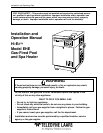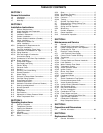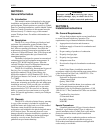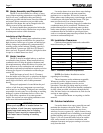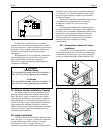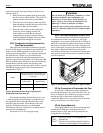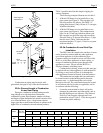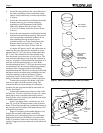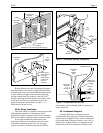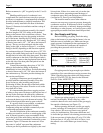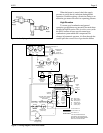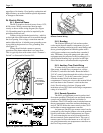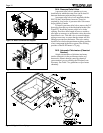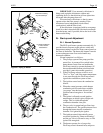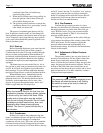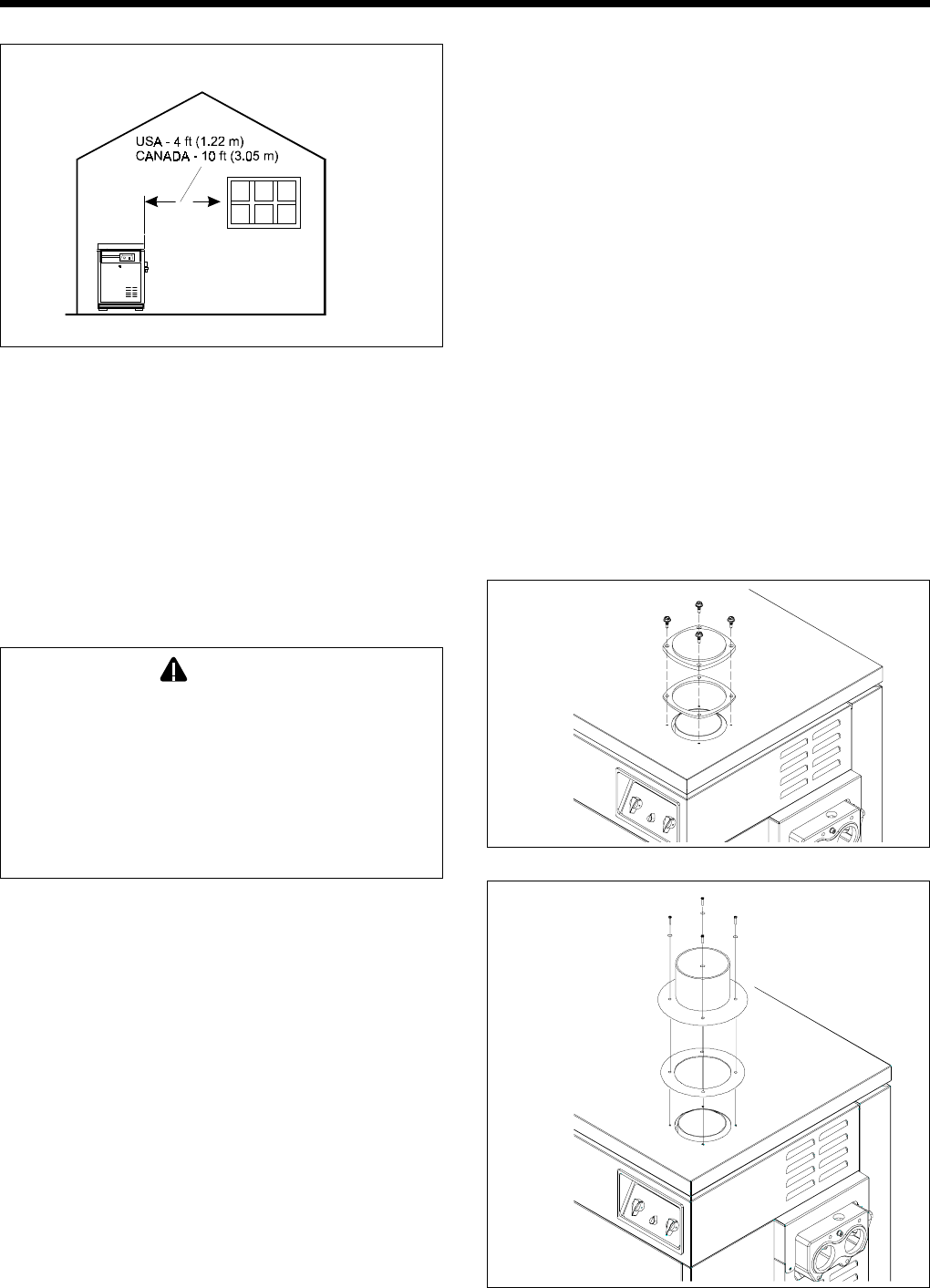
Hi-E2
Page 3
located in. A two-pipe system (sometimes referred to
as “direct vent” or “sealed combustion”) has a vent
pipe plus a pipe bringing air directly to the heater's
combustion system.
Section 2G-2 specifies requirements for provision
of combustion and ventilation air for one-pipe
installations. Section 2G-3 covers two-pipe
installation.
An important consideration in selecting one or
two pipe installation is the quality of the combustion
air. Indoor air is sometimes contaminated with various
household or pool sanitation chemicals which can
cause corrosion in the heater combustion system.
Unless the indoor air is known to be free of these
materials, two pipe installation is strongly
recommended.
2G-1. Preparation of Heater For Indoor
Installation
If the Hi-E
2 is to be installed indoors, its exhaust
discharge grille must be converted to an exhaust pipe
configuration. The necessary vent collar, gasket and
screws are shipped packaged within the heater. The
Figure 1. Outdoor heater location.
Figure 3. Vent collar assembly for indoor installation.
Figure 2. Removal of outdoor exhaust grille.
If the heater is installed close to a structure,
protect it from rain water runoff by means of gutters,
roof water diverters or similar measures. Do not locate
the heater close to irrigation sprinklers. Water from
sprinklers may damage controls and electronic
components.
Because the Hi-E
2 is very efficient, combustion
system exhaust gases are moist. Do not locate the
heater such that this exhaust will impinge on
structures or vegetation which may be damaged by
combustion condensate.
WARNING
In United States
Do not install the heater with the vent within 4
feet (1.22 m) of any opening into a building.
In Canada
Do not install the heater with the vent within 10
feet (3.05 m) of any opening into a building.
2F. Outdoor Shelter Installation (Canada)
An outdoor shelter is an unoccupied enclosure
which does not communicate directly with occupied
areas. The Hi-E
2 may be installed in such a shelter
only when the installation is in accordance with local
codes and the most recent edition of Standard CAN/
CGA B-149. These codes and standards and Teledyne
Laars require that the heater be properly vented as
outlined in this manual. Other requirements also apply,
such as provision of ample uncontaminated air for
combustion and ventilation.
2G. Indoor Installation
The Hi-E2 can be located indoors when provided
with “one-pipe” or “two-pipe” systems for combustion
air and combustion product venting. A one-pipe
installation has only a vent pipe, and air for
combustion must be provided to the room the heater is



